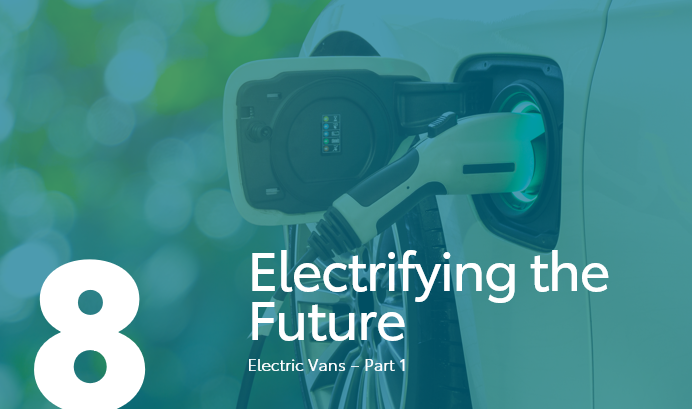Range is the main concern for most people looking at switching to electric vehicles, but the most popular electric vans currently available in the UK have an official range of more than 100 miles per charge. In fact, recent research shows that 70% of UK van users drive less than 62 miles a day so as long as users have somewhere to charge their van at night, electric vans are the perfect choice to use as delivery vans in urban areas.
The charging time for an electric van varies depending on how much charge is left in the battery and the type of charger used:
- A domestic 13-amp three-pin plug will take just short of 24 hours to fully charge from empty
- A 32-amp ‘wall box’ charging station installed at home or at work will reduce recharging time to around 8 hours
- A rapid charging station can deliver up to an 80% charge in just 40 minutes.
The charging infrastructure throughout the UK is growing every month with charging organisations pledging to input thousands more charge points in the next ten years.

